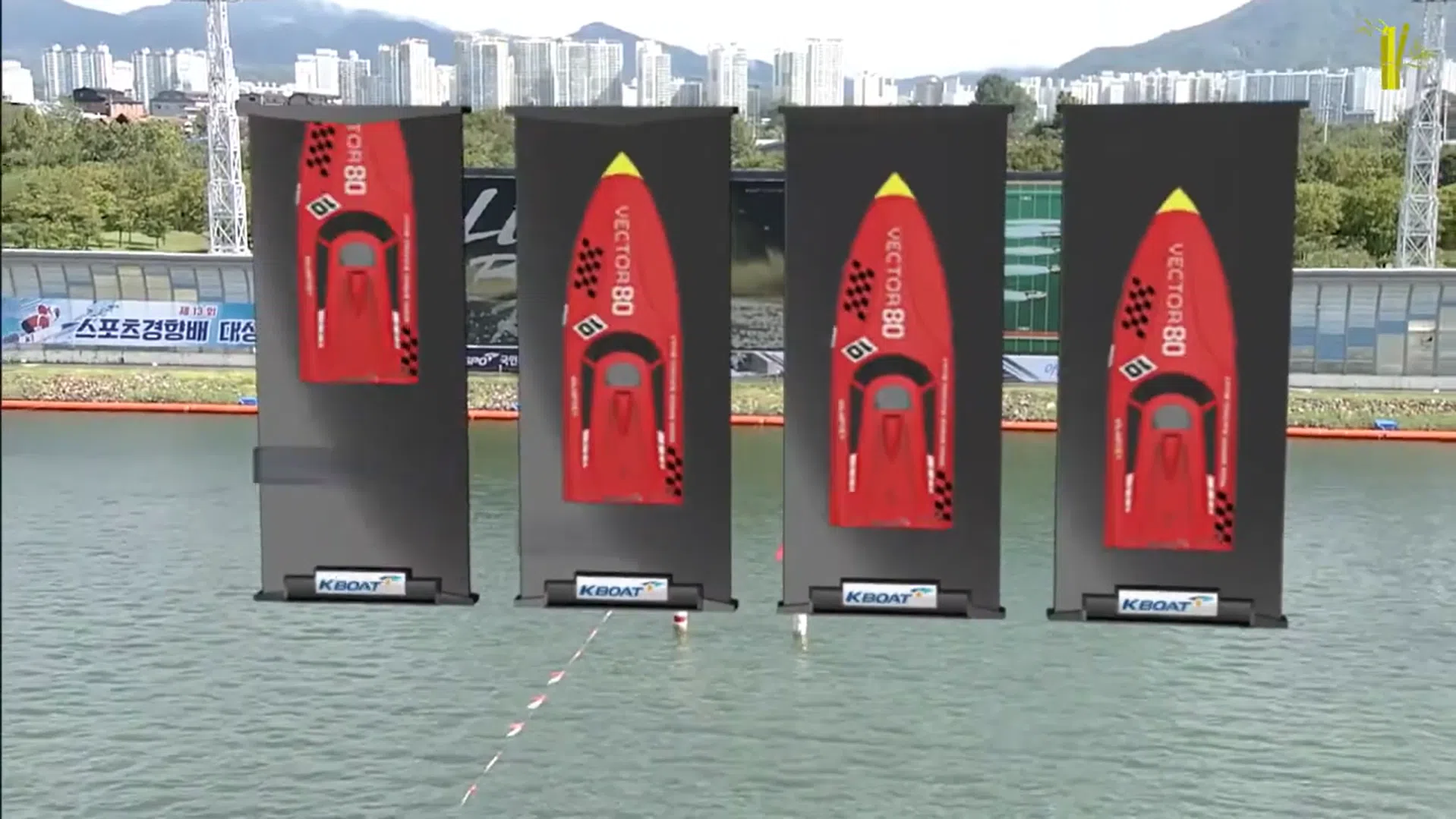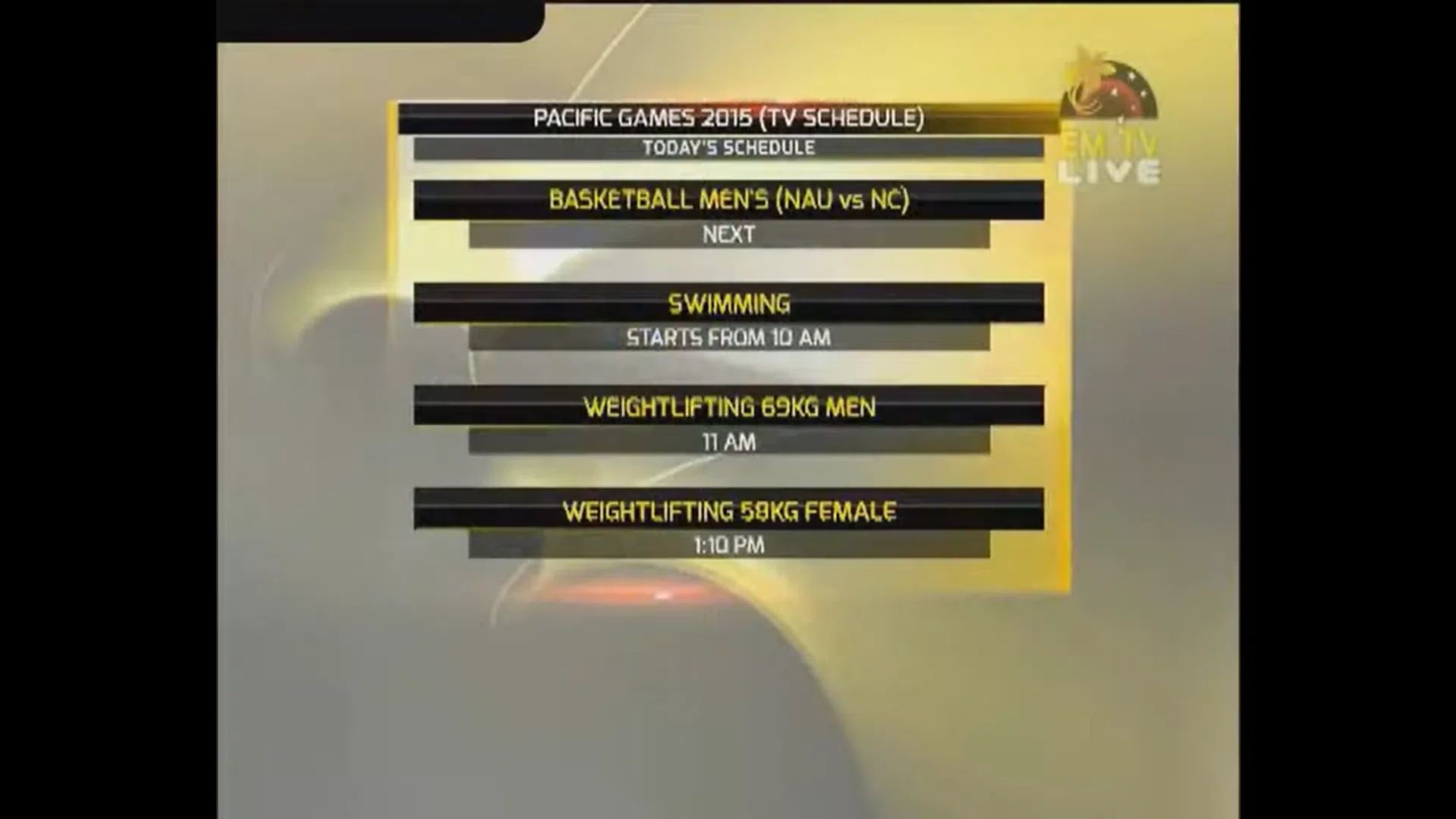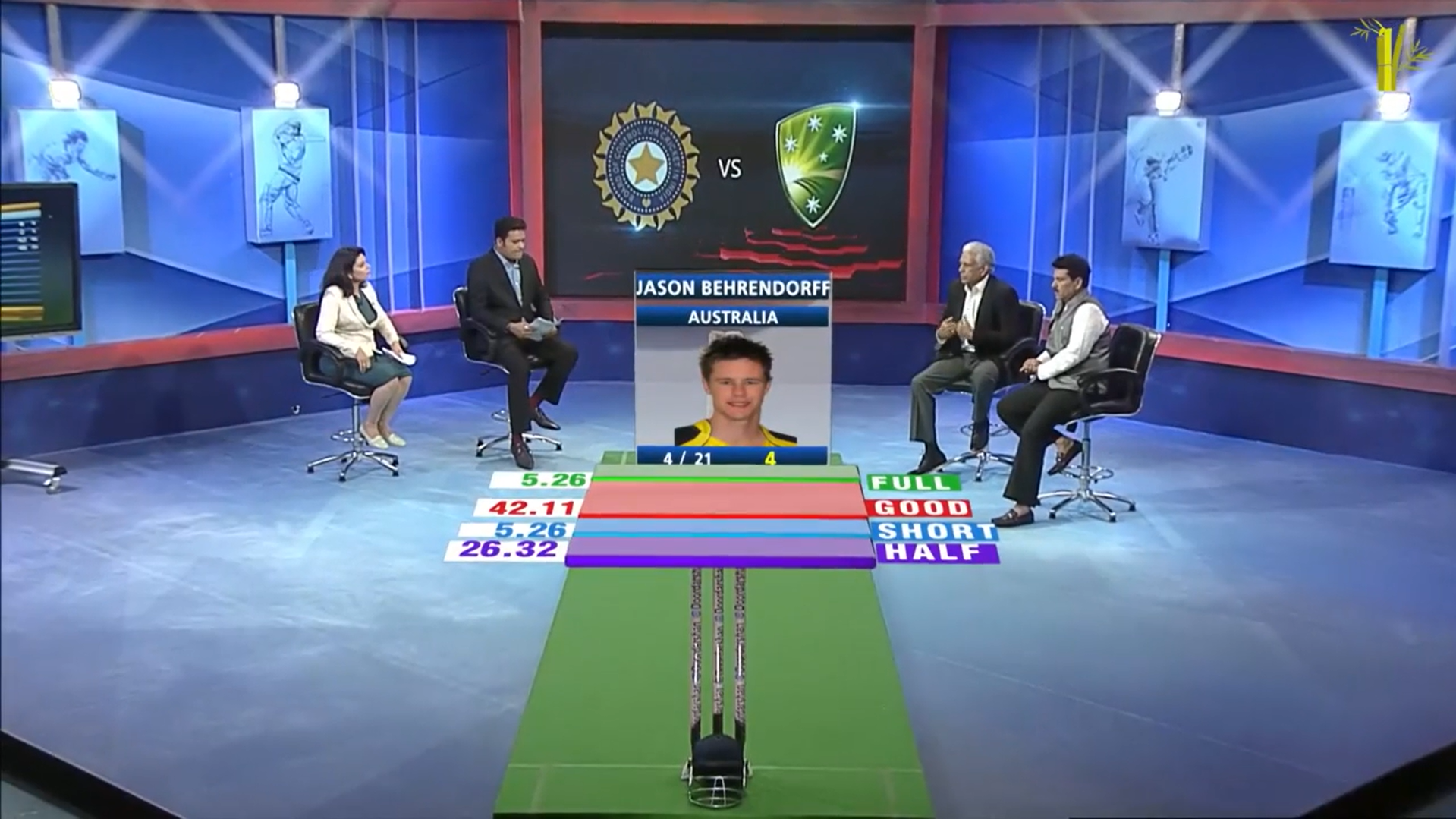Loading video...
FIFA World Cup - RTM
RTM, the national broadcaster of Malaysia used a touch screen for their interactive sports presentation along with real-time match analysis during the FIFA world cup.
RTM, Malaysia’s national broadcaster, made a bold move in its coverage of the World Cup by incorporating a touch-screen driven interactive presentation environment combined with real-time match analytics. At its core, this approach was designed to engage the audience in deeper, more visually intuitive ways than traditional match commentary and graphics alone. Instead of passive overlays, viewers were offered a more dynamic experience where the studio presentation leveraged direct interaction with data, statistics and live game events.
In the studio setup, presenters and analysts used a large touch-screen interface that enabled them to explore and manipulate key moments from matches: zooming in on goal-scoring sequences, tracing passing networks, highlighting player movements and team formations, all in real time. The tool made it possible to stop and examine a critical moment, annotate it, shift perspective, and present it visually to the audience as part of the broadcast — giving deeper insight into what was happening on the field and why it mattered. Alongside that, the system pulled in live feeds of match data and analytics so that commentary could become more than storytelling — it could become visual explanation.
From an editorial standpoint, this innovation elevated RTM’s broadcast from simple match coverage to an analytical spectacle. When a team secured possession in a critical area, the presenter could bring up an overlay showing the sequence of passes leading to that moment; when a player made a decisive run, the screen could replay the path, overlay speed/arrows, and compare it to previous run-data. Because the touch screen interface was live and interactive, the presenter could pivot the visual narrative on the fly: for example, switching from a tactical breakdown to a set-piece replay, or from a heat-map of player movements to a timeline of goal opportunities. This versatility helps keep the viewer engaged, as they aren’t simply watching a fixed set of graphics, but are being guided through the story of the match via an interactive journey.
On the production side, using such a system means the broadcaster has a flexible visual toolkit. Instead of relying solely on pre-made graphics which may not align perfectly with live events, RTM could respond in real time to what was unfolding on the pitch. If an unexpected play occurred, the touch-screen interface could immediately bring up a related visual, annotate it, and deliver it to the audience seamlessly. That kind of responsiveness is especially important in a high-stakes tournament where momentum shifts rapidly and viewers expect timely insight.
Moreover, the visual polish created by the system helps position RTM’s broadcast as more premium. In a region where sports broadcasting is increasingly competitive, offering viewers not just the match but enhanced presentation and interactive analysis can strengthen viewer loyalty and brand image. The combination of touch-screen interactivity plus real-time analytics gives the impression of modernity and sophistication — factors that can help a broadcaster stand out.
In summary, RTM’s integration of a touch-screen interactive presentation platform and real-time match-analysis capabilities during the World Cup transformed its sports coverage into an immersive and analytical experience. By giving the studio team the tools to explore, manipulate and illustrate live match events in visual form, RTM delivered a broadcast that went beyond mere viewing to active understanding of the game. This approach not only enhances viewer engagement but also underlines the broadcaster’s commitment to high-value presentation in major sporting events.


